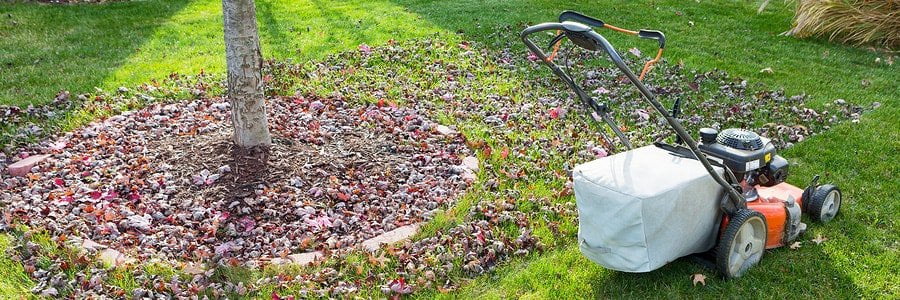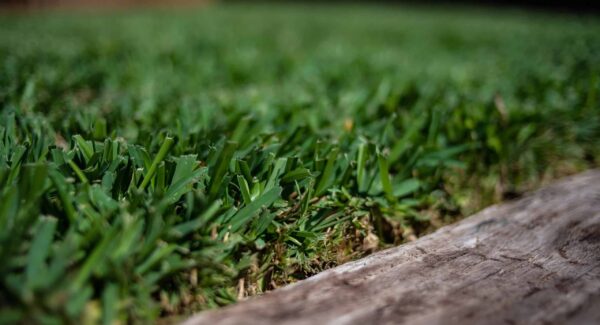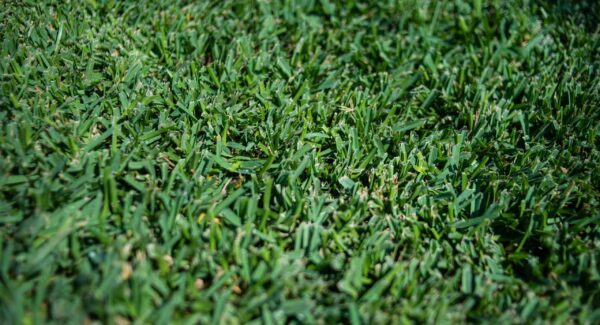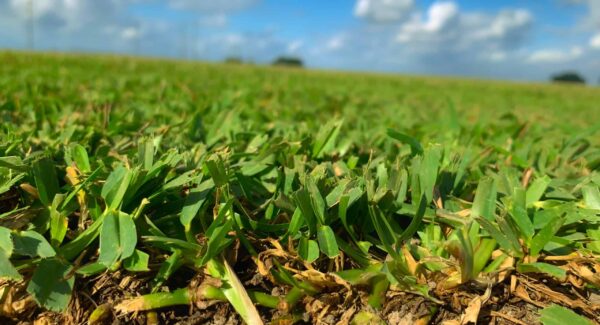How to Care for Your Lawn in Fall

When temperatures drop, it’s time to transition your yard into a state that will both survive and benefit from the winter months. After months of growth, a lawn needs oxygen, fertilizer, and a period of regeneration for the new cycle in spring.
Here are three steps to take to ensure that your lawn is ready for the colder months:
Remove Leaves and Aerate Soil
To prevent trapped moisture and light blockage, remove leaves from your yard, garden beds, flower boxes, and any other areas. This leaf cleanup might be time-consuming but it prevents a buildup of decomposing leaf material that would otherwise kill grass, invite unwanted insects, and prevent oxygen absorption.
Mowing any leaves and collecting the shreds in a compost container or garden bag provides you with raw organic matter to use in your yard.
After collecting leaves, it’s time for aeration. Breaking up densely packed soil with a garden fork or aerator brings in more oxygen and promotes growth in the spring.
Removing several plugs of dirt from around your yard provides your lawn with the oxygen it needs to grow healthy. Spread three to four inches of compost afterward on beds and non-grassy areas of your lawn using the organic matter you made from the leaves in your yard or from store bought compost.
Mow and Fertilize
Grass continues to grow throughout the fall, so keep the mower out and use it. Cut the lawn at an optimal length: Too long might cause result in fungi, too short and the grass struggles to thrive.
Help it out with a dose of fertilizer and choose carefully. Although you’ll find “winterizing” fertilizers in stores, many horticulture experts advise against them because of their lowered levels of nitrogen. Choose a nitrogen-potassium blend that suits the age of your lawn and your hardiness zone. Make sure to water after application.
Fall is also the best time to fertilize herbs, perennials, and the vegetable patch. The gardening store might have some good supplies on sale, so look for bags of bone meal, kelp meal, rock phosphate and other fertilizers to spread in your flower beds and garden.
Prepare for spring
There’s more to your lawn than just the ground. Prune trees and shrubs to deliver sunlight into areas that don’t normally receive it. Store away planters, ornaments, lights and other decor.
Fill up the birdhouse with sunflower seeds or hang suet in tree branches. Since winter months can be long, give yourself something to look forward to by planting a few bulbs in your freshly aerated and fertilized lawn. Try daffodils, tulips, irises and other spring flowers. An inexpensive bulb-planting tool will help you bury the bulbs at their recommended depth.
For your lawn needs, make sure to contact The Grass Outlet to help give your home what it needs to stand out.





